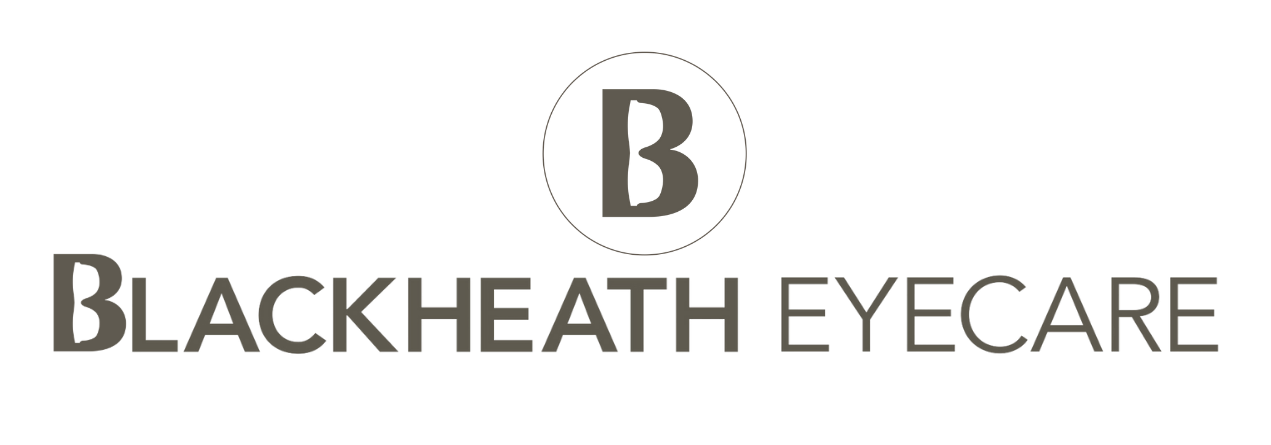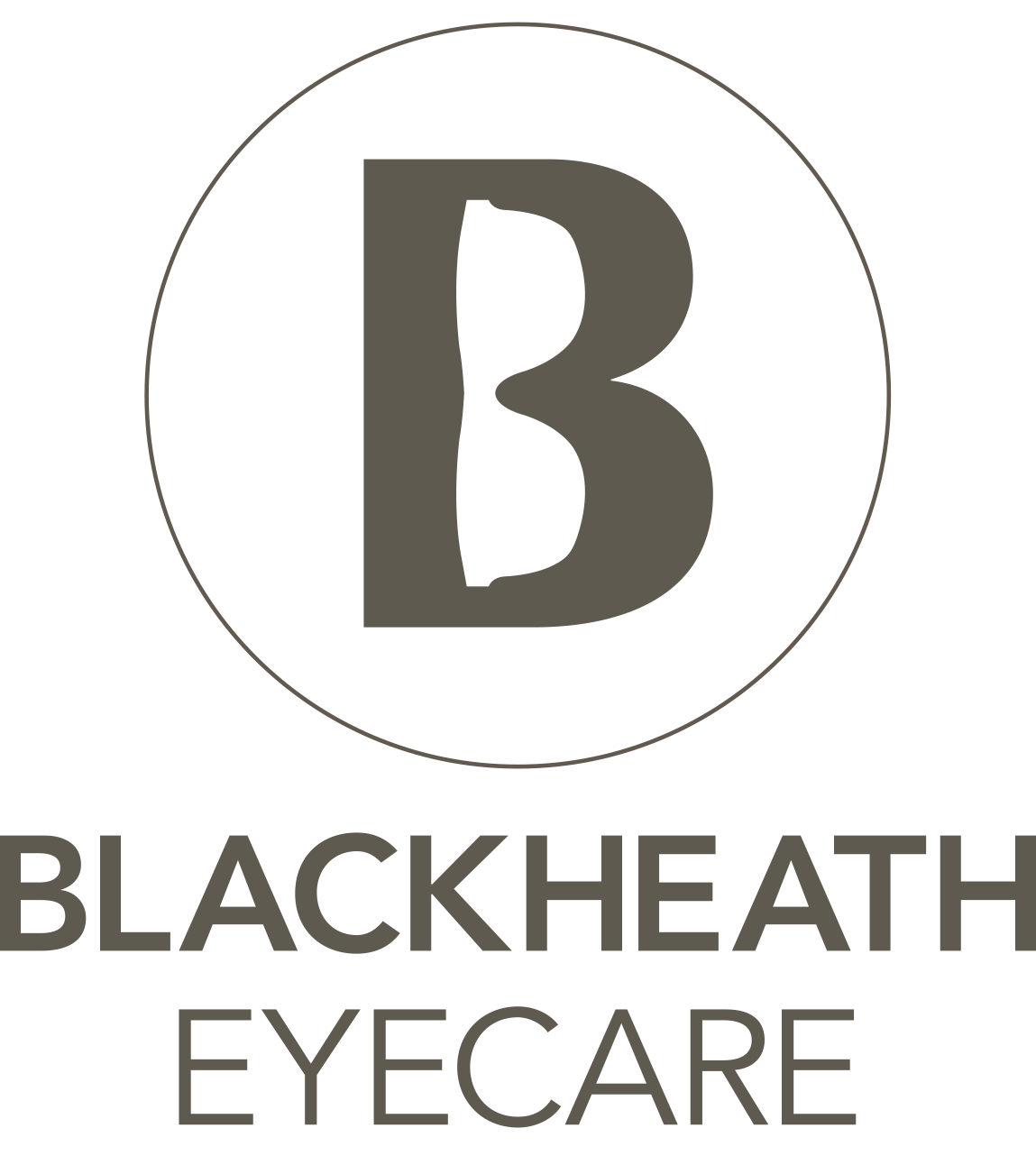CHILDREN'S EYECARE
Why is it important to have your child’s eyes checked?
Making sure your child is healthy inside and out is something almost every parent strives to do. So why leave out the windows to their souls? If a vision or eye health problem exists but is left undetected, it can worsen and cause irreparable damage. These issues can also create behavioural or academic problems. After all, up to 90% of what your child learns comes from what they see!
A new born child is typically checked at birth to make sure his or her eyes are working correctly. However, new born babies are not yet able to distinguish fine details. By six months, vision improves tremendously. He or she is now able to recognize you, make eye contact, and recognize shapes etc.
Although his or her vision has improved, your child’s eyes are still not fully developed. This generally happens around the age of six. With this being said, any underlying eye condition that has gone undetected is much more difficult to treat after this age.
When should you have your child’s eyes checked?
If there are any vision or eye health complications present in your child, it is much to his or her benefit to have it assessed and treated sooner rather than later. Optometrists recommend bringing your child in for the first exam at 3 years. At this age, the eye is still developing and is much more susceptible to treatment. After this initial check it is important to maintain regular visits according to the plan your optometrist has customized for you and your child.
Keeping on track with these visits is especially important because once your child is in the adolescent stage, every part of he or she will start to grow significantly.
This includes the eyes. While the eyes are growing, they are more vulnerable to visual defects. Monitoring your child’s ocular and visual health at regular intervals is key to his or her long term development.
Symptoms to watch out for?
Your child should be scheduled for an eye exam immediately if they display any of the following behaviours:
- Gets frustrated when reading
- Closes or covers one eye
- Poor handwriting
- Screws up eyes or frowns to see
- Rubs eyes and blinks a lot
- Finds it difficult to copy words from the chalkboard
- Complains that things are blurry or hard to see
- Short attention span; gazes out of the window
- Frequently loses place when reading
- Skips words or whole lines of text
What if my child plays sports?
Because depth perception and hand eye coordination are such an important part of sports, Blackheath Eyecare also offers a variety of sports glasses made specifically to hold up to wear and tear and also to stay securely on the face while playing. For older children, contact lenses are also a great option.
Some eye conditions in children
Squint (Strabismus)
This is a condition which affects 3%-4% of children. A person who is affected by strabismus is unable to align both of his or her eyes simultaneously.
This will often lead to the appearance of the person being cross eyed. Along with the obvious physical symptoms of a Strabismus, the person also has reduced depth perception. While Strabismus can be treated at any age, it will always require some sort of either constant or intermittent treatment. Strabismus is also a condition that will not go away on its own. Depending on the individual, treatment can consist of lenses and prisms, vision therapy, surgical treatment, or any combination of the three.
Amblyopia
Amblyopia is commonly referred to as ‘lazy eye’, this is a condition that may go undetected for years except by an optometrist. For this reason, early childhood examinations are crucial. In this condition, one eye loses a great deal of functionality. Amblyopia can be caused by an already present Strabismus because the eye that turns is not being used. The treatment for Amblyopia can be very simple depending on its cause. Vision therapy as well as the use of prescription lenses and patching aid in resolving this condition. The length of treatment is dependent on how long the condition has existed.
These conditions are more likely to be present in children if:-
- There is a family history
- History of both parents wearing glasses from an early age
- Difficult, small or premature birth
To read about other eye conditions please click here.
Be proactive in your child’s health!
Call Blackheath Eyecare today on 020 8305 1060



